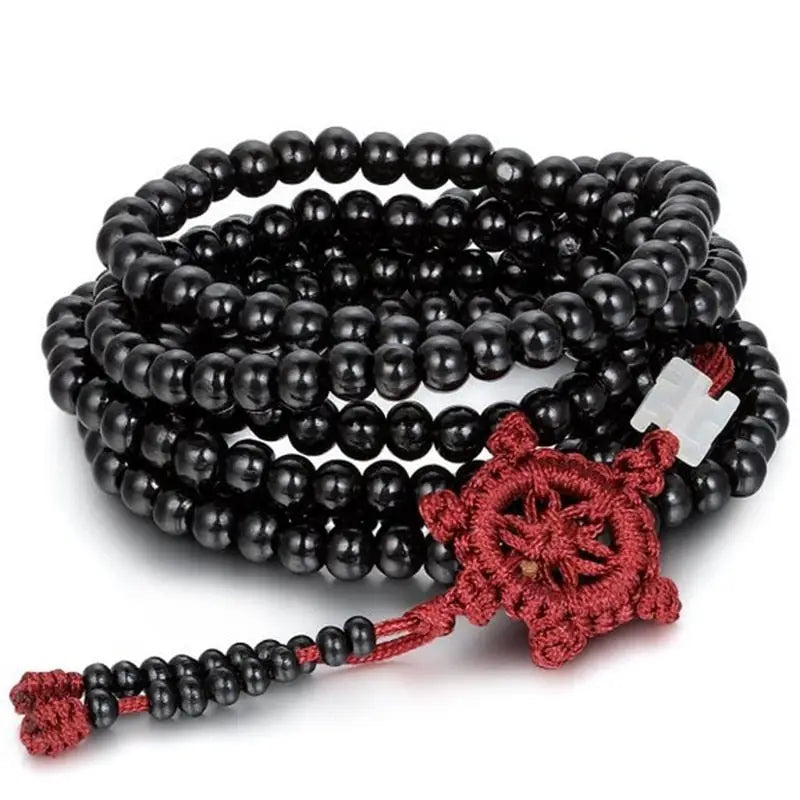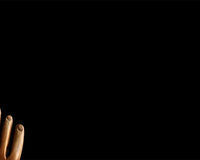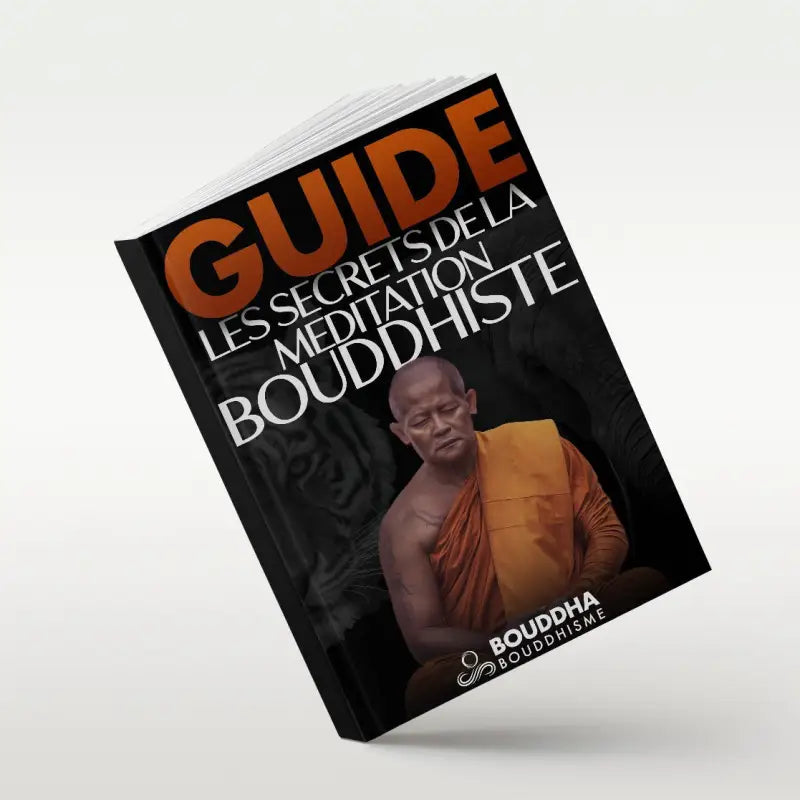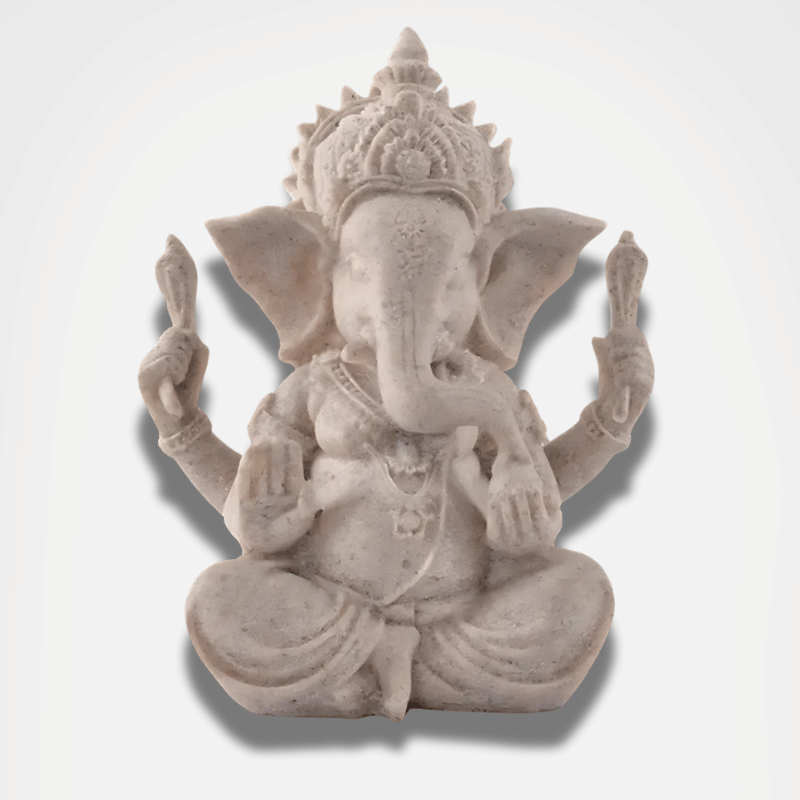Dharmachakra: what is the wheel of Dharma? What object symbol is used to represent Dharma? Who is Dharma? What is the symbol of the Buddha?
The Dharmachakra, wheel of dharma, Symbol of the Buddha
The wheel (Skt. chakra; Tib.'khor lo) or dharma wheel (Skt. dharmachakra) is one of the Buddhist symbols > the most important, because it represents the teachings of the Buddha.
Turning the Wheel of Dharma
The Buddha was the one who "turned the wheel of dharma" and therefore the symbol of the wheel is the Dharmachakra, or "wheel of law". The Tibetan term for this symbol, **chos kyi'khor lo, means "the wheel of transformation."
The movement of the wheel is a metaphor for the rapid spiritual change brought about by the teachings of the Buddha: the Buddha's first discourse at the Deer Park in Sarnath is known as the "first turning of the wheel of dharma.
His later discourses at Rajgir and Shravasti are known as the "second and third turning of the wheel of dharma" The eight spokes of the wheel symbolize the noble eightfold path traced by the Buddha in his teachings.
The wheel also represents the endless cycle of samsara, or rebirth, which can only be escaped through the teachings of the wheel. Buddha.
Some Buddhists consider the three basic parts of the wheel to be symbols of the "three trainings" of Buddhist practice:
- The center symbolizes moral discipline, which stabilizes the mind.
- The rays (there are usually eight) represent wisdom which is applied to overcome ignorance.
- The rim represents concentration training, which keeps everything else in place.

The wheel of Dharma in Buddhist art
The wheel was a common symbol in early Buddhist art, before the introduction of Buddha images. At that time, the Dharmachakra symbolized not only the teachings of the Buddha, but also the Buddha himself. On the tops of the pillars built by Emperor Ashoka (272-32 BC), four carved lions and four wheels face the four directions to proclaim Buddhist dharma across India.
< br>Today, Dharmachakra appears in the art of every Buddhist culture. In images of the Buddha, the wheel appears on the palms of his hands and the soles of his feet, where it is one of the 32 marks of the Great Man. It is particularly important in Tibet, where it is one of the Eight Auspicious Symbols and often flanked by two deer - the entire image representing the Buddha's first sermon in the deer park.
The wheel is usually at the center of mandalas, geometric representations of the Buddhist universe. It also appears in the Dharmachakra Mudra, in which the Buddha forms a wheel with the position of his hands.
Some angry Tibetan deities are depicted wielding a wheel as a weapon to conquer evil and ignorance. This theme may have been adapted from Hindu iconography, in which a disk is an attribute of the god Vishnu and a symbol of the absolute weapon that conquers desires and passions.












































1 comment
Julien brès émile
Dans ma vie
Et QUEL EST MA RÉINCARNATION BOUDDHISTE POUR CONTINUE MON CHEMIN DANS L BONHEUR